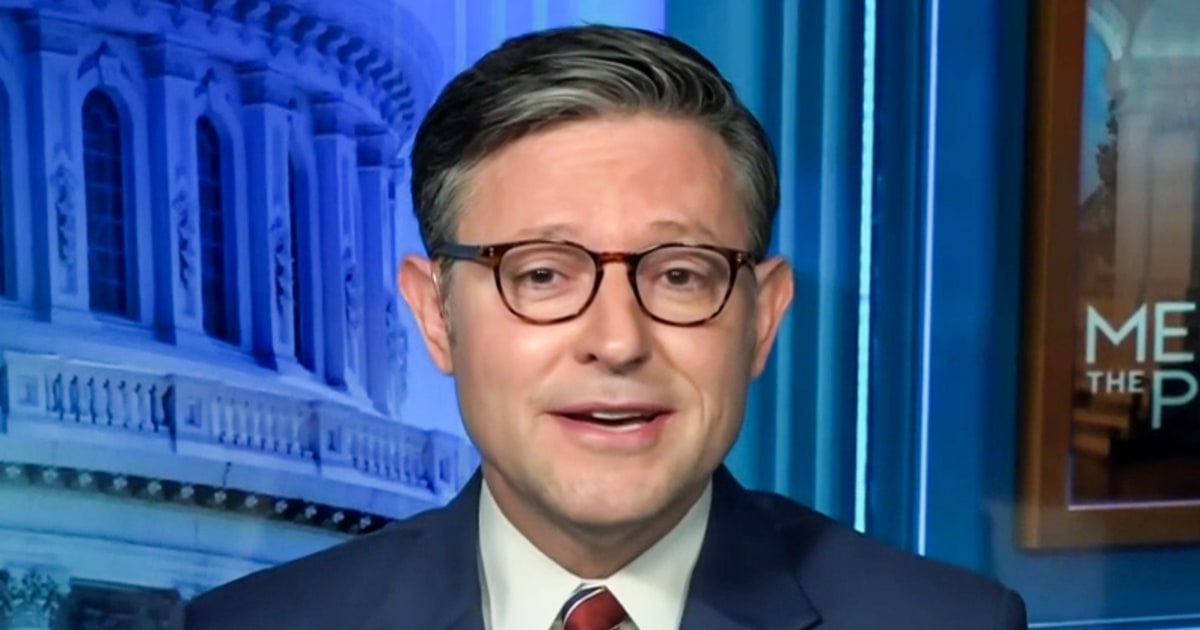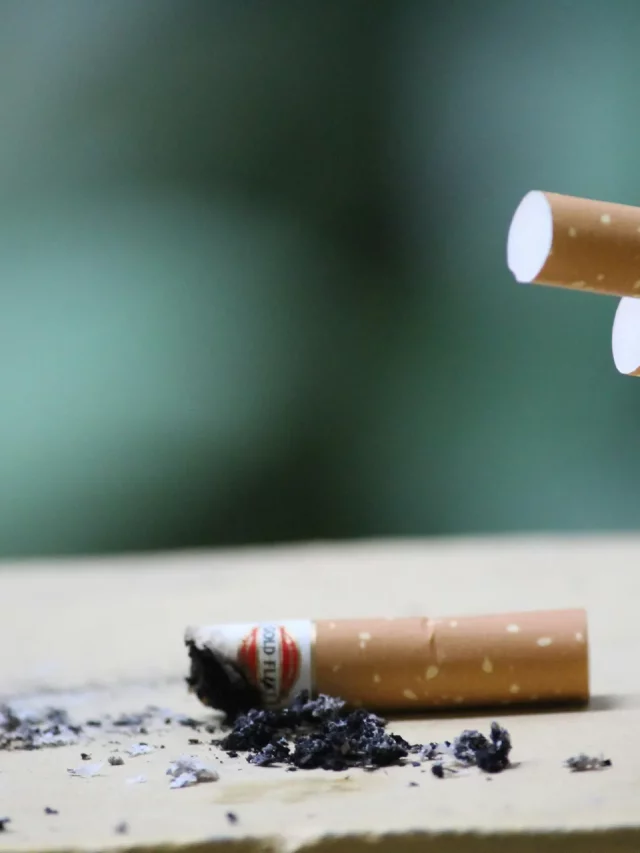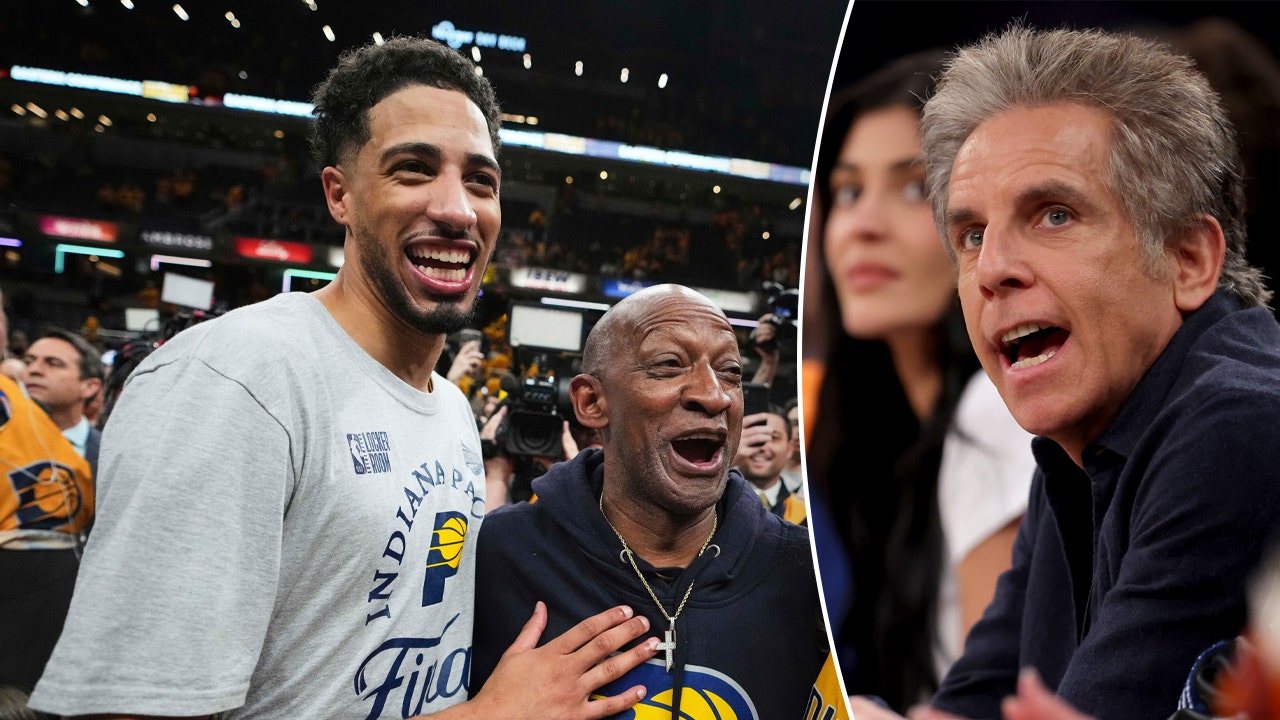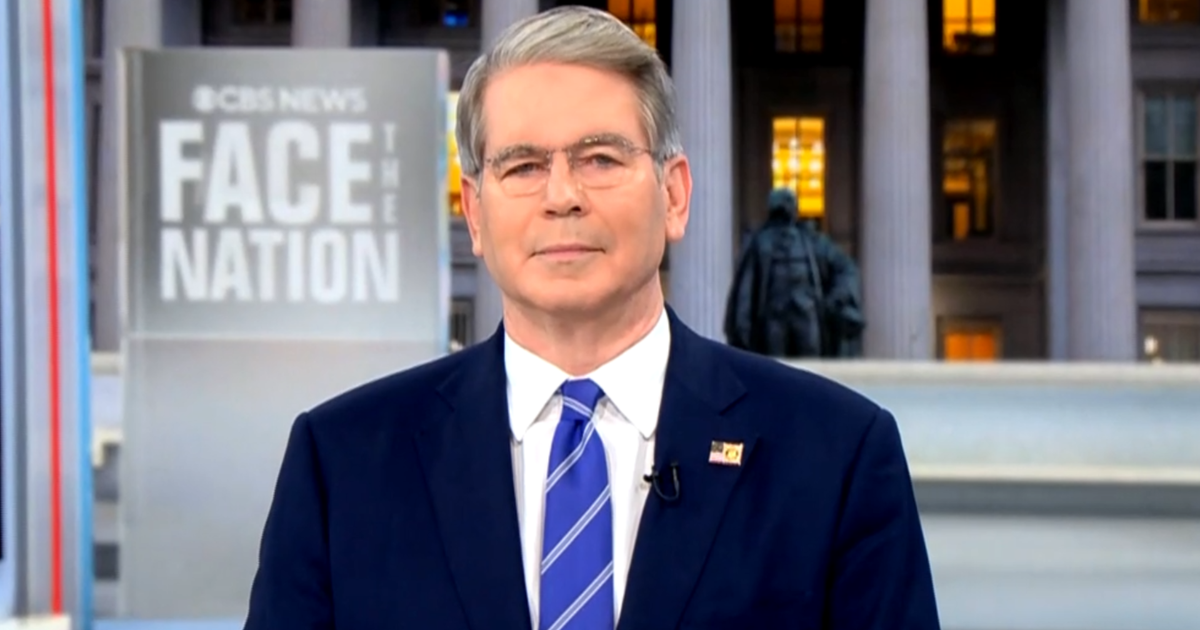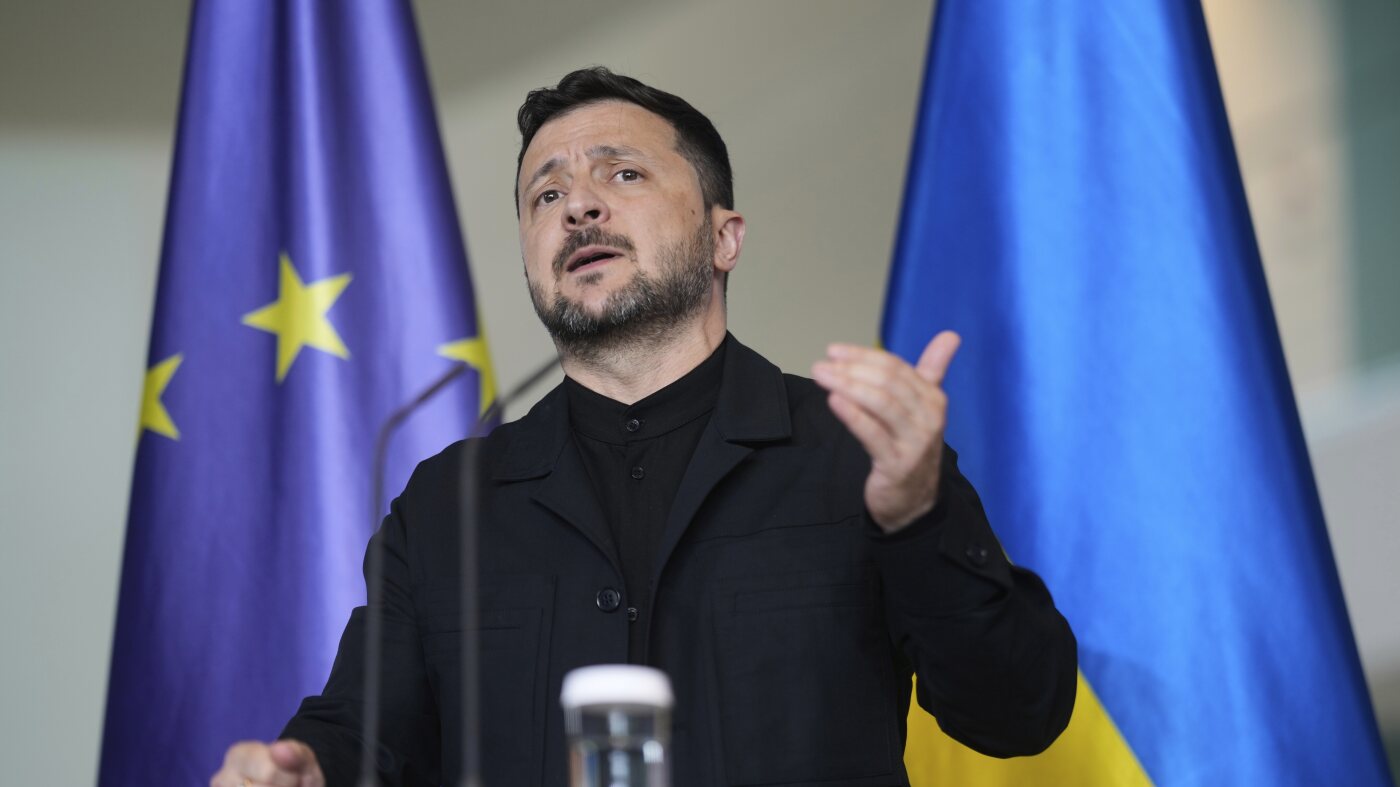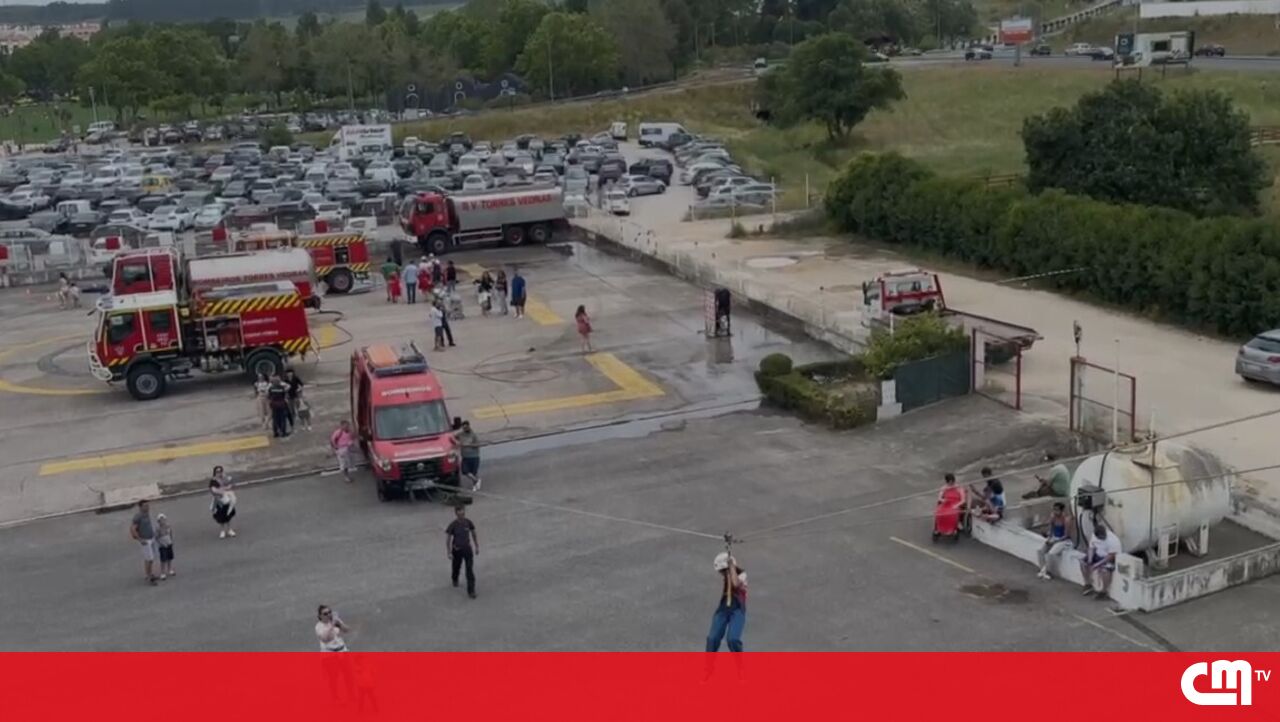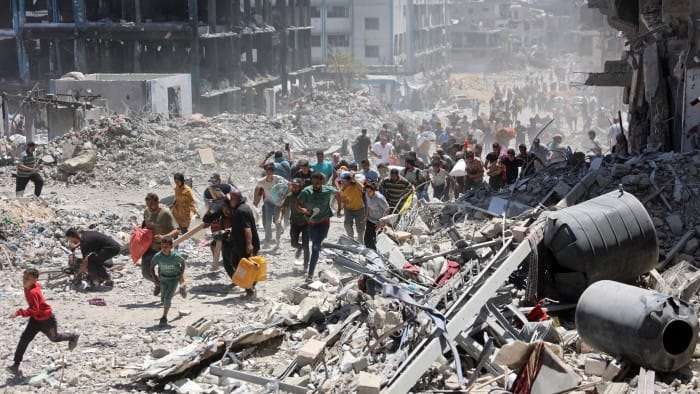How Israel wiped out a town of 200,000 people
The day the flour finally ran out and their two-story caved-in roof no longer kept out the rain, Abdullah Abu Saif's family gently loaded their 82-year-old grandfather into a donkey cart and fled Jabaliya .
Abu Saif, weakened by hunger, deafened by months of airstrikes and dimly aware that he might never return, asked his youngest grandson to support him. He wanted to see the landmarks of his life one last time: the wedding hall where he married his four sons; the school where he attended and taught; the cemetery where his parents are buried.
But on that November day, “there was nothing to see – nothing left, just ruins and rubble,” said his son Ibrahim. “His entire life was wiped clean. All that's left is his memory.”
Since Hamas attacked Israel on October 7, 2023 and triggered the war, no part of Gaza has been spared from the destructive power of the Israeli army and its heavy bombardment. Mediators believe they are close to a ceasefire that would end the fighting and secure the release of Israeli hostages held in the strip.
But nowhere has it been more completely devastated than in Jabalia, once an ancient city for which a nearby refugee camp was named after the 1948 war.
The camp grew to become one of the largest refugee camps in the Palestinian territories, with an estimated 200,000 people living in Jabaliya and its surrounding streets, including more than 100,000 officially registered refugees, according to the United Nations and local officials.
Its history traces the tragic arc of the Israeli-Palestinian conflict, born at the end of one war and destroyed at the end of another—a tomb of memories disconnected from the landmarks that once anchored them .
No one has ever described Jabaliya as beautiful, least of all the camp itself. But it has always been a lively, vibrant part of Palestinian life: prayers at the Awada mosque, protests with shawarma at the Six Martyrs roundabout, romantic blessings at nearby Baghdad wedding halls.
Shoppers come to the camp's busy market from across Gaza, attracted by its low prices and the ice cream and cakes at the famous Al-Zatoun shop in the center of the bazaar.
The landmark three-story Al-Qadi “Oriental Sweets Building” is another attraction, selling pastries including the famous pistachio baklava. Locals gather in its halls for birthday parties, while thousands order a plate of pastries to celebrate high school exam results.

The Jabaliya Service Sports Club is the centerpiece of football-obsessed Gaza, hosting local matches, while the nearby Rabaa Café shows matches from the UEFA Champions League to the Egyptian Premier League. Performers sing and play the oud at the café's music nights.

Israel's attacks were so relentless and the destruction so complete – not just in Jabaliya, but also in nearby Beit Lahiya and Beit Hanoun – that Israel's former defense minister late last year banned the military's operations in northern Gaza Described as “ethnic cleansing”.
“There is no Beit Hanoun. There is no Beit Lahiya. They (Israeli forces) are currently operating in Jabaliya, essentially, they are clearing the area of Arabs,” Moshe Ya'alon told local television. His comments were condemned, but he doubled down, telling a second interviewer “it's ethnic cleansing – there's no other word for it”.
The IDF denies this, saying their focus is on destroying Hamas. “It goes without saying that the IDF does not have any doctrine aimed at causing maximum damage to civilian infrastructure,” the military said.
From the air, the Jabaliya refugee camp is now acres of rubble as far as the drone can see, with once-crowded streets buried under the rubble of tens of thousands of homes. According to local officials, more than 46,000 Palestinians have been killed throughout the Gaza Strip.
Lawyer Ibrahim al-Kharabishi, who refused to leave, said it was unimaginable horror from the ground. During the Israeli attack, he, his wife and four children hid in a corner of the house. He evades sneak attacks by Israeli quadcopters to obtain the food he needs to survive.
“We saw bodies that no one dared remove as far as the eye could see. We heard the injured crying for help, some of whom died,” he said. “Whoever was brave enough to rescue would fall next to them and we would hear two voices calling for help instead of one.”
The poet Mosab Abu Toha grew up in nearby Beit Lahia. He fled first to Egypt and then to Syracuse, New York. All he left to his children were stories.

His library, which contained thousands of books, was destroyed by Israeli air strikes. “I leave the door of my room open,” he wrote in one poem, “so that when they hear the sound of the bomb, the words in my book can escape.”
This, he said, was the tragedy that Palestinian refugees have experienced since 1948: repeatedly forced to be displaced during the conflict, even from temporary accommodation in refugee camps in the occupied Palestinian territories, while still harboring hopes of returning to Jaffa, Haifa or Ramle The hope of ancestral home. .
“We are being pushed further and further away from our homeland and the memories we should preserve,” he said. “For us, the destruction of this refugee camp is also the destruction of a history of refugees that lasted for about 76 years.”

Jabaliya figures prominently in both Israeli and Palestinian stories. The first intifada, known as the Intifada, was sparked in 1987 when an Israeli truck driver hit and killed three Palestinians in a refugee camp, sparking decades of intense anger over Israel's occupation of the strip.
But its dense and chaotic development, from a makeshift camp after the 1948 war to a concrete jungle no larger than two square kilometers, also highlights a thorny issue in the Israeli-Palestinian conflict: the right of return for Palestinians fleeing their homes that ultimately becomes a problem for Israel and their descendants.

When Hajj Alyan Fares was born in 1955, the camp was already taking shape. UNRWA, the U.N. agency in Palestine, built huts out of cement and corrugated iron, with rooms no larger than three square meters. The whole family would crowd inside. The houses have no toilets and residents must carry water from taps far away.
Now displaced to the ruins of another camp, Fares, 69, has a dream: If Israel withdraws, he will pitch a tent on the ruins of his house and live there until Jabaliya is rebuilt.
“Jabaliya camp is my city, my hometown. Everything that belongs to me is in Jabaliya,” he said, his voice nearly drowned out by Israeli drones. “I'd feel weird being anywhere other than Jabaliya.”

Whether Israel will allow the return of hundreds of thousands of people who have fled northern Gaza has been a key obstacle in ceasefire talks. Anyone who returns will be returning to scenes devastated by IDF incursions, including the current operation, which Israel says is aimed at preventing Hamas from regrouping. More than 50 Israeli soldiers were killed in operations in the north.
The health ministry has registered 2,500 deaths so far in the northern operation, but with many bodies left to rot in the streets and some even eaten by stray dogs, local officials believe the true toll is twice that number. Doctors say the only medical facilities still functioning are Indonesian hospitals, which are barely functioning.
For more than three months, almost no food has been allowed into Israel. United Nations humanitarian chief Tom Fletcher said on Sunday that aid agencies had tried to contact besieged civilians 140 times from October to the end of December, but “access has been almost zero.”

The IDF denies it is implementing the so-called “Generals Plan” proposed by former national security adviser Giora Eiland, which involves depopulating northern Gaza through force and denying humanitarian aid.
However, a senior Israeli official said northern Gaza “will never be the same again.” Hamas targeted Israeli kibbutzim in an Oct. 7 attack that killed 1,200 people, according to Israeli officials, many of which were near the northern part of the strip.
“You can call it a buffer zone, you can call it agricultural land, you can call it whatever you want, but there will be more (physical) separation between Israeli communities and Palestinian cities,” the official said.
Rescue workers said no more than a few thousand people remained. Some people stubbornly refused to be driven off their land. Others are too poor or too ill to move. Some are running from hospital to hospital that is barely functioning, hoping that their status protected by international law might provide some security.
Abed Abu Ghassan took refuge in a school near an Indonesian hospital. Throughout the day, he heard gunfire and explosions as Israeli engineers destroyed line after line of homes, many of whom posted videos online of the IDF's attempts to take control. Some videos show Israeli soldiers laughing, playing music and dancing in controlled situations as they demolish and destroy homes.
Human rights groups including Amnesty International and U.N. experts have condemned Israel's destruction of civilian property, saying they may violate international law unless they have a clear military purpose.
Beit Hanoun |
Israeli soldiers from the 90th Battalion blew up houses in the already destroyed town. pic.twitter.com/JBs573mGzm
— Eunice Tirawi | Eunice (@ytirawi) January 4, 2025
The Israeli military said its operations in Gaza and Jabaliya “are part of a defense plan aimed at improving security in southern Israel.”
Operation Jabaliya is focused on eliminating Hamas's northern Gaza brigades, which “systematically exploit civilian centers,” the statement said.
“The IDF took feasible precautions to minimize damage to civilian infrastructure, civilians and evacuation in related incidents,” the statement said, claiming its forces encountered “combat complexes that had been converted into ambushes.” community.
Inside Jabaliya, the industrial nature of the destruction heightened the terror. Abu Ghassan said entire neighborhoods of Fakqurah, Fallujah and Abu Sharif had been razed to the ground.
“Despite the famine, I stayed,” he said amid the explosions. “We the people of the north love it here, but the situation has become catastrophic: hunger, fear and every building destroyed.”
Ten days after his family spoke to the Financial Times, his family said Abu Ghassan was dead: killed by an Israeli airstrike in his beloved Beit Lahiya and again after he refused to give up. in the ruins of northern Gaza.
